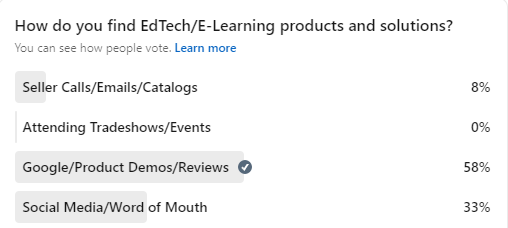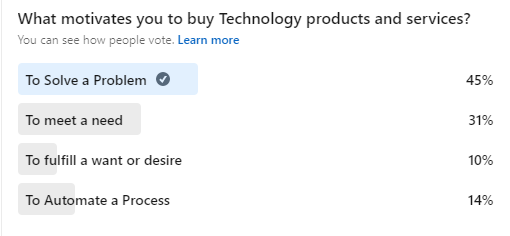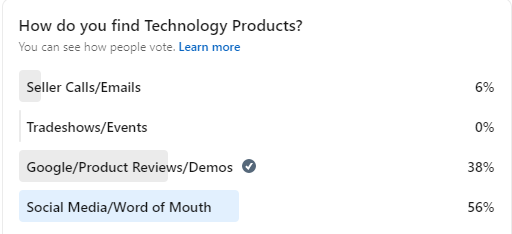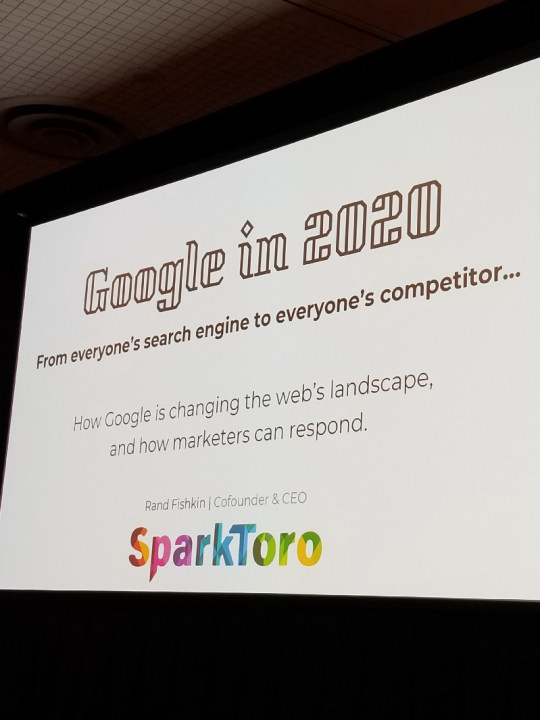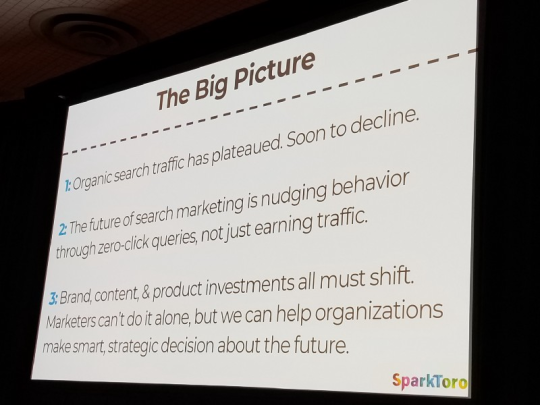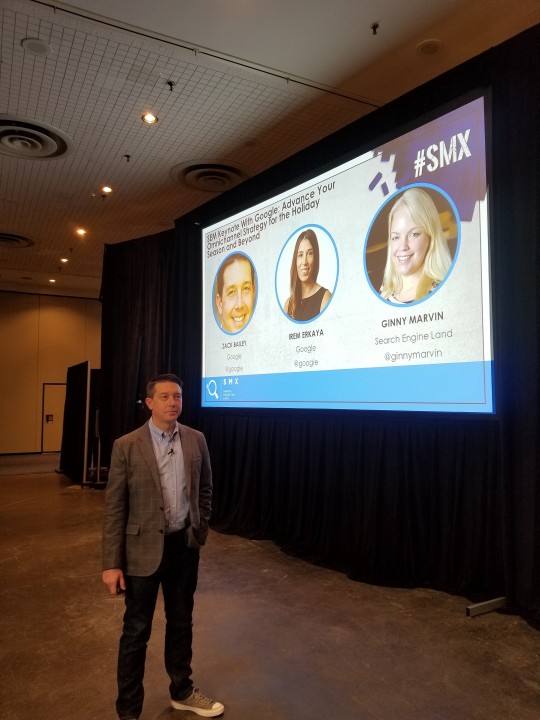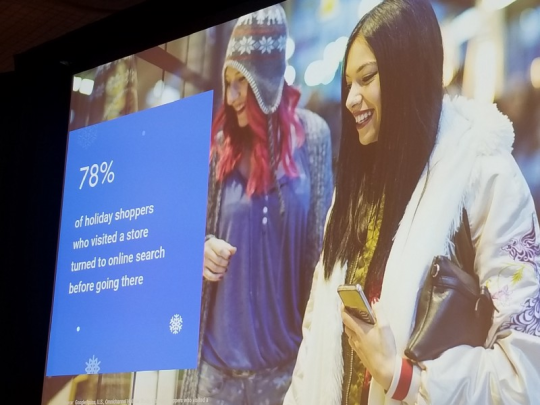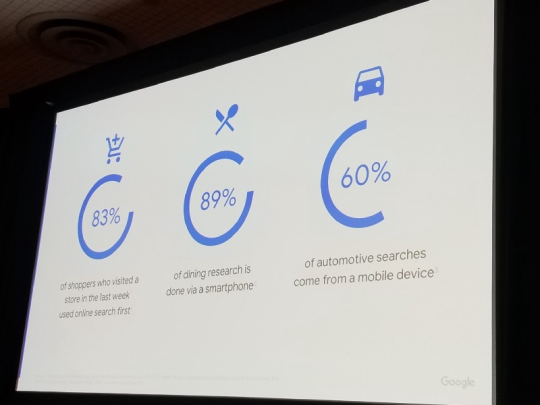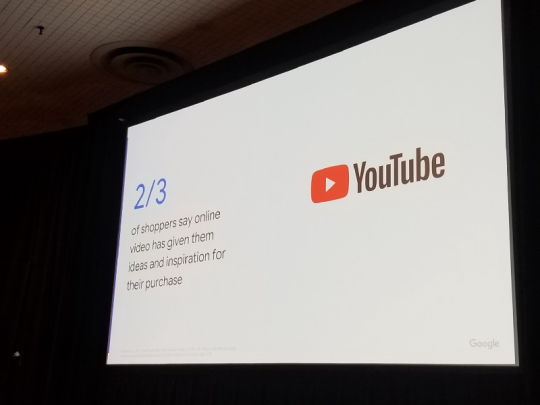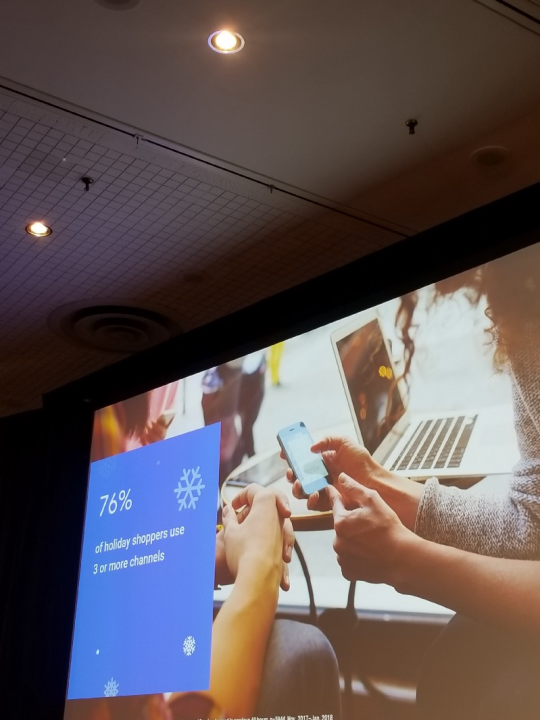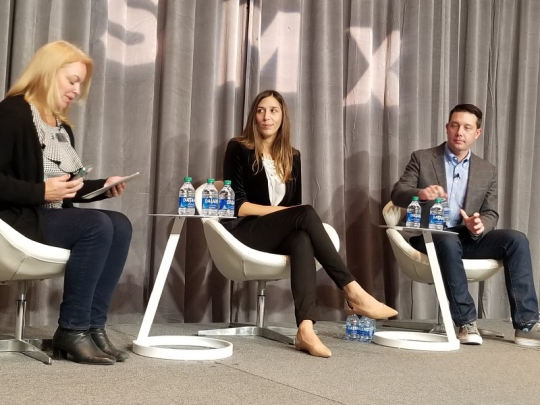Improve Customer Retention Get Customers To Pay on Time
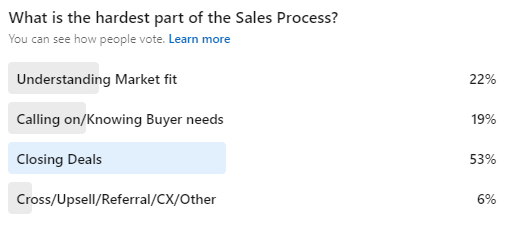
Building relationships with customers and closing deals is critical for sales success. In business, customer acquisition and customer retention are crucial to generating revenue. It is cheaper to keep existing customers than to acquire new ones.
Once a sale is made, it is tempting for sales reps to move on to the next customer.
However, the sale is not complete when the customer signs the contract. Customers should pay their invoices on time to ensure the business has enough cash to operate and potentially turn a profit.
What on time means is dependent on a company payment policy. Customers can have payment terms raining from C.O.D, net 30, net 60, net 90, net 120, or longer. Some cycles can run for a year or longer. Certain companies offer financing options. Payment structures are structured based on the length of the sales cycle.
How can we make sure customers pay their invoices on time?
Here are six ways to keep customers and get them to pay their invoices on time.
- Build and nurture customer relationships.
- When the sale is complete, put all details in writing.
- Follow through with the implementation product or service post-sale.
- Check-in with your customer to make sure they are happy with their purchase. This can present an opportunity for upselling, cross-selling, repeat business, referrals, and testimonials.
- If the customer voices concerns or has an issue with a product or service, address it immediately.
- Make sure to honor any promises and warranties extended during the sales cycle.
If you follow these steps, you will get most customers to pay their invoices on time.
What do I do if a customer will not pay their invoice?
In large organizations, the accounts receivable manager will handle the customer by sending past-due notices and charging penalties. However, if Sales Reps work for a small company as I did, this will be the Sales Rep’s responsibility. Ideally, the Sales Rep should be able to handle customer issues because they have a relationship with the customer.
Sales Reps should call and visit the customer. During the visit, Sales Reps need to try to solve the issue. Be polite. Never raise your voice or swear at a customer. The goal is to get paid while keeping the customer whenever.
As a result of implementing the strategies above, my receivables (open invoices) were the lowest in the company! This allowed me to earn more commissions, make more sales and develop great relationships with my customers.
It is important to note that Sales and Service across acquisition and retention are subdivided in larger organizations.
How have you improved customer retention and gotten your customers to pay on time?
Please share your thoughts with me.
Additional places to find my content and blog
WordPress: https://dangalante.me/
Tumblr: http://www.askdangalante.com/
LinkedIn: https://www.linkedin.com/today/author/DanGalante
Medium https://medium.com/@DanGalante
YouTube https://www.youtube.com/trendsettingsm
Anchor https://anchor.fm/dangalante
About Me
I’m a Strategic Marketer with Field Sales, Sales Enablement, Content Creation, and, Classroom Teacher/Trainer skill sets using Marketing to drive Sales/Growth.
As a Marketer, I’ve worked with Start-Ups, a Political Campaign, and a Digital Marketing Conference.
I’m certified in Inbound Marketing with classes in Marketing, Product Management, Product Marketing, SEO, and SEM.
Before teaching, I was an Outside Sales and Marketing Rep. selling and marketing dental products to Dentists using consultative selling, trade show marketing, field marketing, and market research.
I publish Sales, Marketing & Social Media Today; a blog that covers industry events and trends.
I’m seeking a full-time role in
Inbound Marketing, Digital Marketing, Content Marketing, Product Marketing, Competitive Intelligence, Demand Generation, Social Media Marketing,
Sales Enablement, Enablement, Sales, Account Management, Customer Success, Sales Strategy, Marketing Strategy, Employer Branding, and Recruitment Marketing.
Open on the title, industry, company, location, and level. Reach out on LinkedIn or at dan@dangalante.com to start a conversation.

